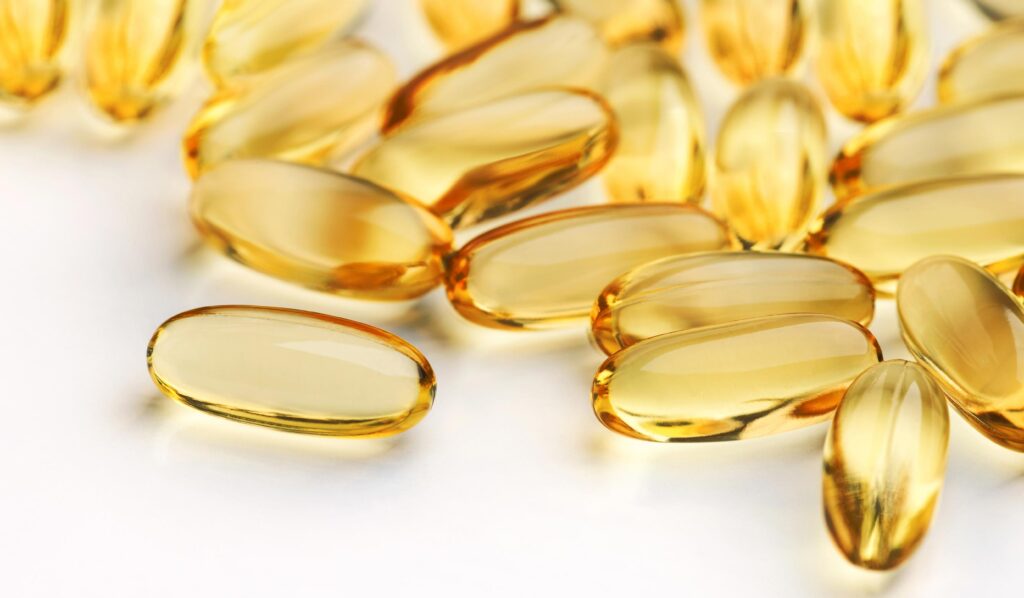
The critical processes where the chromosomes of the egg resume activity in preparation for the sperm chromosomes, fertilization, and the many cell divisions required to form an embryo all require large amounts of energy. As the egg matures, it grows enormously in size and the number of mitochondria (the tiny batteries supplying energy) markedly increases so that each cell of the embryo will have enough until the blastocyst stage when they again start to replicate. With age, these tiny batteries start to run low on power, resulting in less energy being available for these critical functions. That not only leads to embryos being incapable of implanting, but also to chromosomal aberrations that cause miscarriage. Co-enzyme Q10 is one of several molecules made by the body to allow these tiny batteries to produce energy, and less is produced with age.
In a remarkably comprehensive paper just recently published in the prestigious journal, “Aging Cell”, a group in Canada has extensively studied the mitochondria of aging mice (PMID 26111777; “Coenzyme Q10 restores oocyte mitochondrial function and fertility during reproductive aging”). They found that CoQ10 normalized chromosome distribution and mitochondrial function and restored fertility and litter size in those aging animals. Remarkably, it also restored ovarian reserve. This same group has reported a randomized trial in women using a comparable dose for two months before IVF.
Unfortunately, the study was stopped early (they had been removing the first polar body, which is formed when the female chromosomes divide and half are expelled from the egg; fresh results on that procedure brought into question whether manipulating the egg to study the polar body might adversely affect it). Still, the results were encouraging, with the percentage of eggs having normal chromosomes increasing from 47 to 63%, and clinical pregnancy increasing from 27 to 33%. Because strong trends toward improvement were observed, the chance with a larger study that an adverse effect would have been found would be quite small.
A critical question to be answered is how long the CoQ10 needs to be administered to have those effects. Because of the short lifespan of the mouse, the animal experiment was equivalent to nearly a decade in the human. However, most of the egg maturation occurs during the two weeks before ovulation/egg retrieval, and most chromosome abnormalities occur then as well. An effect on ovarian reserve would probably take much longer.
As noted on Dr. Meldrum’s website, we can’t recommend that women take CoQ10 because the study in women was insufficient to document a clear benefit. However, many women are choosing to take it, accepting any unknown risks. Logically it should be started as long before the IVF as possible. Because it has not been studied in pregnancy, it should be stopped with a positive pregnancy test.
Our skilled fertility specialists are here to help. Contact us today and let’s discuss the next phase of your fertility journey.